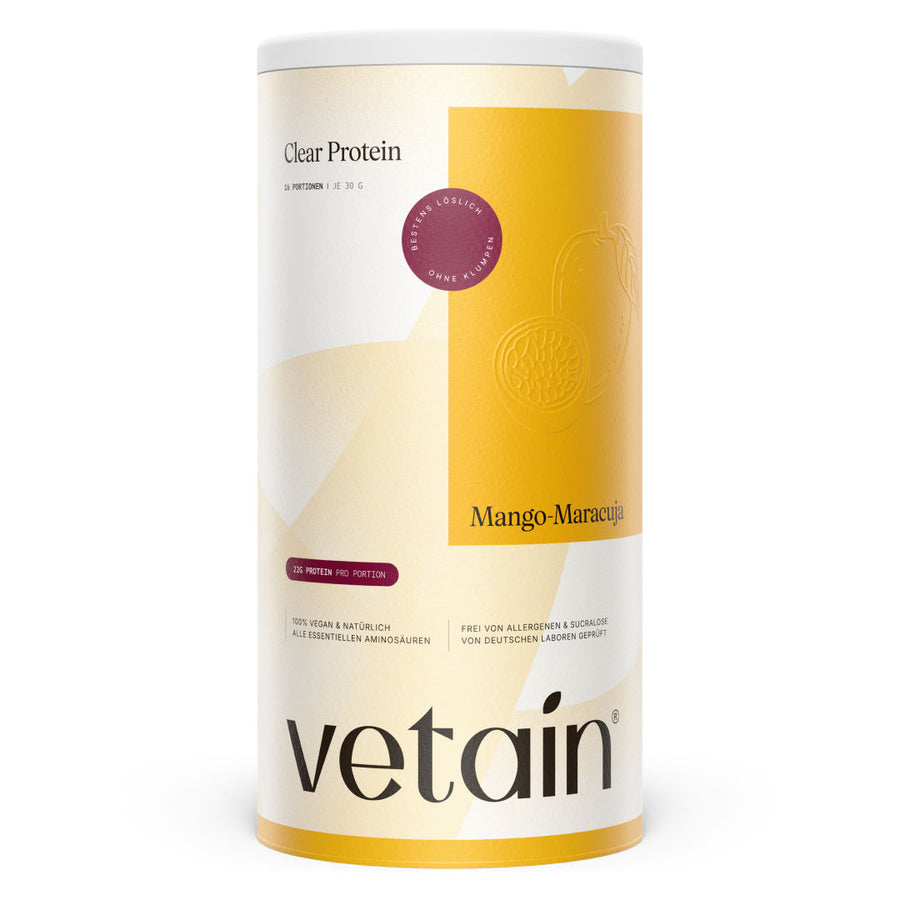We probably all know what sore muscles are and how they feel. And that they often come after an intense workout is also familiar to most of us. But how exactly do sore muscles develop? What really happens there and what’s actually going on in my muscles?
We’ll get to the bottom of all these questions and uncover some widespread myths – it’s going to be exciting!
Your Knowledge To Go: How do sore muscles develop?
Unfamiliar or intense strain (during training) causes tiny tears in the muscle fibers.
In the days after, fluid penetrates these tears, forming edema, the area becomes inflamed – and the pain usually appears 12–36 hours later.
Sore muscles usually last a few days and are not a measure of training quality, but simply show that your muscles are repairing small injuries.
Not only the question “How do sore muscles develop?” is relevant, but also “How can you prevent sore muscles?”.
How do sore muscles develop?
Sore muscles usually develop during sports, but can also occur after other unfamiliar strains. How exactly does that work?
When we train and perform movements that are unusual or very intense for our body, it’s a high strain on the body. Especially when weights like dumbbells are involved or movements are repeated very often or for a long time, our muscles have to perform at their peak.
If this strain becomes too intense, our muscles can become overloaded or overstretched and develop tiny tears. These tears are minuscule, but for our muscles it’s a serious situation!
In the following days, inflammation develops in this area, water enters the muscle fibers through the tears, and the muscles can swell up.
There’s even a step further: The fluid that penetrates the muscle tissue collects in the fibers as edema. These get larger and can eventually press on the nerve endings in the surrounding tissue. That’s the pain that ties you to the couch.
This also explains why the well-known pain doesn’t occur immediately: it takes time for edema to form – usually about 12–36 hours after the strain.Now you’re at the peak of sore muscles. But don’t worry, your body is already taking care of healing. Focus on resting your body now and give your muscles time to regenerate.
If you already zoned out at “intense strain,” here’s a simple explanation – easy enough for kids to understand:
How do sore muscles develop | Simple explanation
Let’s imagine our muscles as lots of rubber bands together. These rubber bands are very stretchable and resilient – they can take a lot. But if you pull the bands too far apart or too hard too quickly, some bands can develop tiny tears. These spots now need to be repaired so the rubber bands can be used properly again and don’t get further damaged. But this takes time, and during this time you shouldn’t move the rubber bands too much, because it makes repair really difficult.
Once the rubber bands are whole again, you can go full speed – whether playing soccer, working out at the gym, or climbing stairs.
Got it now, how sore muscles develop?
Sore muscles – How long do they last?
Okay, it’s already happened – you’ve got sore muscles and everything hurts like hell. You can barely move and just wait until you can finally walk to the kitchen without groaning, to grab a snack. For the question “How do sore muscles develop?” it’s already too late.
%-split_content-%
Now you and everyone around you are asking: How long will this last? How long sore muscles stay depends on factors like the extent of the damage, your body’s ability to regenerate, and more. Most often, soreness lasts between 48 and 72 hours. Other experts say 3–7 days. The pain peak usually comes after 24–48 hours. After that, it usually gets better and soon you’ll be back to normal!
Good News: There are some things you can do to support your body in healing. But – and this is important to say: there is no miracle cure for sore muscles. And anyone who tells you otherwise is talking nonsense. Just like a small scratch on the skin, sore muscles need time to heal. They are, after all, a small injury. And no matter how many creams you apply, cool it, or eat veggies, healing still takes time. We can only support the process and make it a bit easier for our body.
Find more valuable tips and tricks in our article What helps with sore muscles?
Important: If you still have extreme sore muscles after 7 days and don’t notice any improvement, you should carefully monitor the pain, focus even more on recovery, and give your body strict rest. If you’re still thinking: “Help! My sore muscles won’t go away!” then it might be time to check in with your doctor to make sure nothing else is going on. It could be that what seems like sore muscles is actually an injury that needs treatment. In that case, all the articles about “How do sore muscles develop?” won’t help you.
Why do you get sore muscles?
How sore muscles develop has already been described. But why do you typically get them?
Sore muscles after strength training: Clearly – new exercises, heavy weights, or too-fast increases can lead to soreness.
Sore muscles after endurance sports: Even if you just jog or cycle for a long time, you can overload your muscles – especially if your last bike ride was a while ago.
Unfamiliar or intense everyday movements: How do sore muscles develop in daily life? Simple: Are you renovating and painting the ceiling? Or have you just moved and now have to climb to the 5th floor every day? For your body, it makes no difference whether you’re working out at the gym or pushing your muscles hard in daily life – strain is strain.
Sore muscles from coughing: Here the trigger isn’t tough training. Instead, you’re sick and coughing constantly. But even then, muscles are activated and heavily strained that otherwise don’t get used much. Basically an extreme training session.
While you can’t really influence the latter and some everyday situations are unavoidable, you should be cautious if you constantly have sore muscles. In that case, check how you train (when, how intense, which muscles, etc.) and try making adjustments. There are also some tips & tricks to prevent sore muscles. Find out more in our comprehensive sore muscles article.
And – we can’t say this enough: sore muscles are not good.
Let’s move on to myth-busting:
Sore muscle myths debunked
Not only are there many myths about the question “How do sore muscles develop?” – there’s a lot of misinformation online. Let’s shed some light:
Myth 1: Sore muscles are caused by a buildup of lactic acid
People used to think that sore muscles were caused by lactic acid buildup. Today we know that’s not true – but the myth persists online.
Myth 2: Sore muscles are a sign of good training and necessary for muscle growth
No! Sore muscles only show that your training was very intense. But how effective the training really was is independent of soreness. You can build muscle without sore muscles – maybe even better, because you don’t need forced breaks.
Myth 3: Stretching helps with sore muscles
While very light stretching, or rather mobilization, can be good with sore muscles, intense stretching does the opposite. You can overload your muscles even more and delay healing.
Myth 4: You can just keep training with sore muscles
As long as you have symptoms from sore muscles, you should definitely rest and not continue to train the affected muscles. Training with sore muscles is risky and can lead to further injuries and longer downtime.
Instead, use your recovery time for some shopping:
%-product_content-%
Conclusion
Wow, you’re now a real sore muscle pro! Maybe this will help you avoid it in the future.
By the way: What does sore muscles have to do with a cat? Absolutely nothing. The term comes from the Latin word catarrhus, meaning mucus flow. People used to think this was the cause of the pain. Over time, the word changed and today we know the dreaded training companion as sore muscles.
References & Sources
Dietger, M. (2022). Muskelkater. In: Dietger, M. (2022). Fit und gesund von 1 bis Hundert mit Ernährung und Bewegung. Aktuelles medizinisches Wissen zur Gesundheit. 5. Auflage.
Heinrich, C. (2021). Muskelkater lindern und vorbeugen. https://www.apotheken-umschau.de
/mein-koerper/muskeln/muskelkater-lindern
-und-vorbeugen-712035.html#was-hilft-
gegen-den-muskelkaterKonopka, Dr. P. (2019). Muskelkater – Woher er kommt und was dagegen hilft. In: Gesundheit Ganz Groß, 31(1).
Got questions? Feel free to send me an email – I’d love to hear from you! :)
The information shared in this article does not replace individual medical or nutritional advice.















 7 Min
7 Min
 Zuletzt aktualisiert am 30.10.2025
Zuletzt aktualisiert am 30.10.2025





